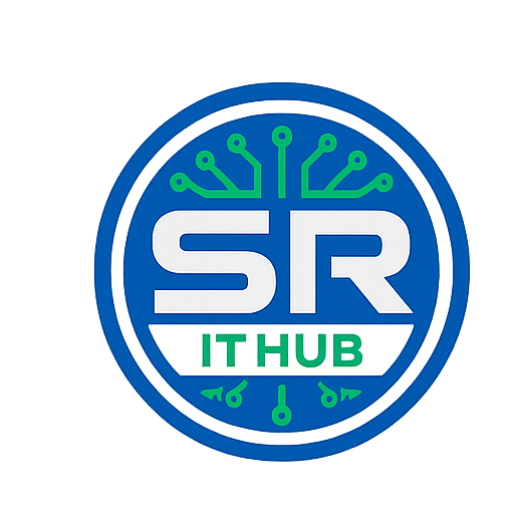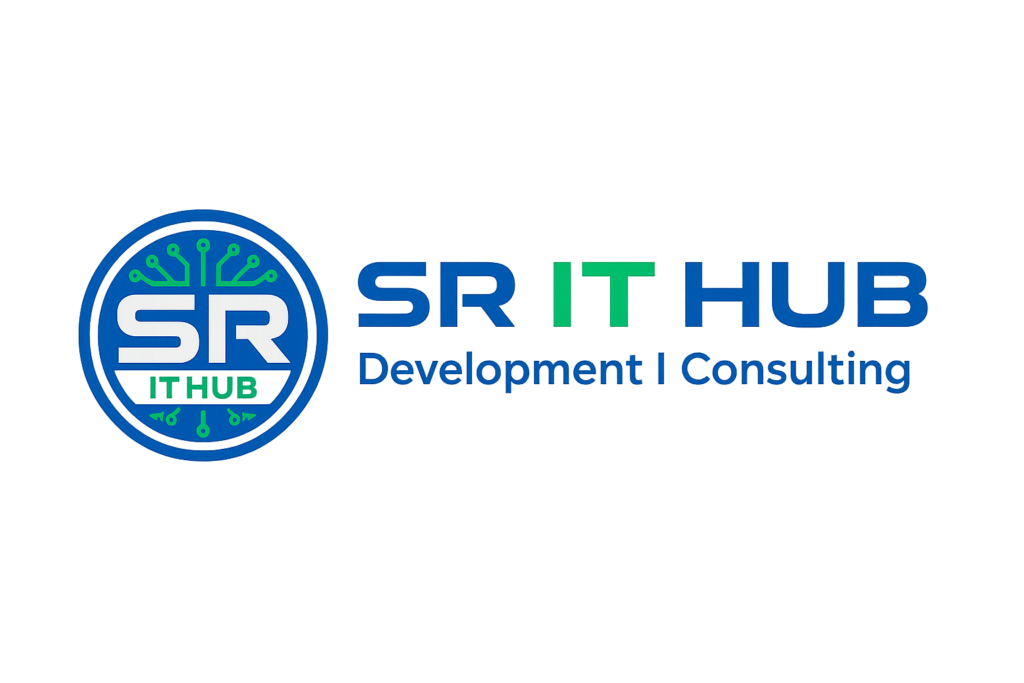ABSTRAT:
What has happened in machine learning lately, and what does it mean for the future of medical image analysis? Machine learning has witnessed a tremendous amount of attention over the last few years. The current boom started around 2009 when so-called deep artificial neural networks began outperforming other established models on a number of important benchmarks. Deep neural networks are now the state-of-the-art machine learning models across a variety of areas, from image analysis to natural language processing, and widely deployed in academia and industry. These developments have a huge potential for medical imaging technology, medical data analysis, medical diagnostics and healthcare in general, slowly being realized. We provide a short overview of recent advances and some associated challenges in machine learning applied to medical image processing and image analysis. As this has become a very broad and fast expanding field we will not survey the entire landscape of applications, but put particular focus on deep learning in MRI. Our aim is threefold: (i) give a brief introduction to deep learning with pointers to core references; (ii) indicate how deep learning has been applied to the entire MRI processing chain, from acquisition to image retrieval, from segmentation to disease prediction; (iii) provide a starting point for people interested in experimenting and perhaps contributing to the field of deep learning for medical imaging by pointing out good educational resources, state-of-the-art open-source code, and interesting sources of data and problems related medical imaging.
EXISTING SYSTEM :
n machine learning one develops and studies methods that give computers the ability to solve problems by learning from experiences. The goal is to create mathematical models that can be trained to produce useful outputs when fed input data. Machine learning models are provided experiences in the form of training data, and are tuned to produce accurate predictions for the training data by an optimization algorithm. The main goal of the models are to be able to generalize their learned expertise, and deliver correct predictions for new, unseen data. A model’s generalization ability is typically estimated during training using a separate data set, the validation set, and used as feedback for further tuning of the model. After several iter- ations of training and tuning, the final model is evaluated on a test set, used to simulate how the model will perform when faced with new, unseen data. There are several kinds of machine learning, loosely catego- rized according to how the models utilize its input data during training. In reinforcement learning one constructs agents that learn from their environments through trial and error while optimizing some objective function. A famous recent appli- cation of reinforcement learning is AlphaGo and AlphaZero [35], the Go-playing machine learning systems developed by DeepMind. In unsupervised learning
EXISTING SYSTEM DISADVANTAGES:
1.LESS ACCURACY
2. LOW EFFICIENCY
PROPOSED SYSTEM :
They tested their trained ensemble model on 33 patients from two different DCE- MRI databases with either stroke or recurrent glioblastoma (RIDER NEURO 30 ), acquired at different sites, with differ- ent imaging protocols, and with different scanner vendors and field strengths. The qualitative and quantitative (MSE) denois- ing results were better than spatiotemporal Beltrami, moving average, the dynamic Non Local Means method [181], and stacked denoising autoencoders [182]. The run-time compar- isons were also in favor of the proposed sDNN. In this context of DCE-MRI, it’s tempting to speculate whether deep neural network approaches could be used for direct estimation of tracer-kinetic parameter maps from highly undersampled (k, t)-space data in dynamic recordings [183,184], a powerful way to by-pass 4D DCE-MRI reconstruction altogether and map sensor data directly to spatially resolved pharmacokinetic parameters, e.g. Ktrans, v p, v e in the extended Tofts model or parameters in other classic models [185]. A related approach in the domain of diffusion MRI, by-passing the model-fitting steps and computing voxelwise scalar tissue properties (e.g. radial kurtosis, fiber orientation dispersion index) directly from the subsampled DWIs was taken by Golkov et al. [186] in their proposed “q-space deep learning” family of methods. Deep learning methods has also been applied to MR artifact detection, e.g. poor quality spectra in MRSI [187]; detection and removal of ghosting artifacts in MR spectroscopy [188]; and automated reference-free detection of patient motion arti- facts in MRI
PROPOSED SYSTEM ADVANTAGES:
1.HIGH ACCURACY
2.HIGH EFFICIENCY
SYSTEM REQUIREMENTS
SOFTWARE REQUIREMENTS:
• Programming Language : Python
• Font End Technologies : TKInter/Web(HTML,CSS,JS)
• IDE : Jupyter/Spyder/VS Code
• Operating System : Windows 08/10
HARDWARE REQUIREMENTS:
Processor : Core I3
RAM Capacity : 2 GB
Hard Disk : 250 GB
Monitor : 15″ Color
Mouse : 2 or 3 Button Mouse
Key Board : Windows 08/10

